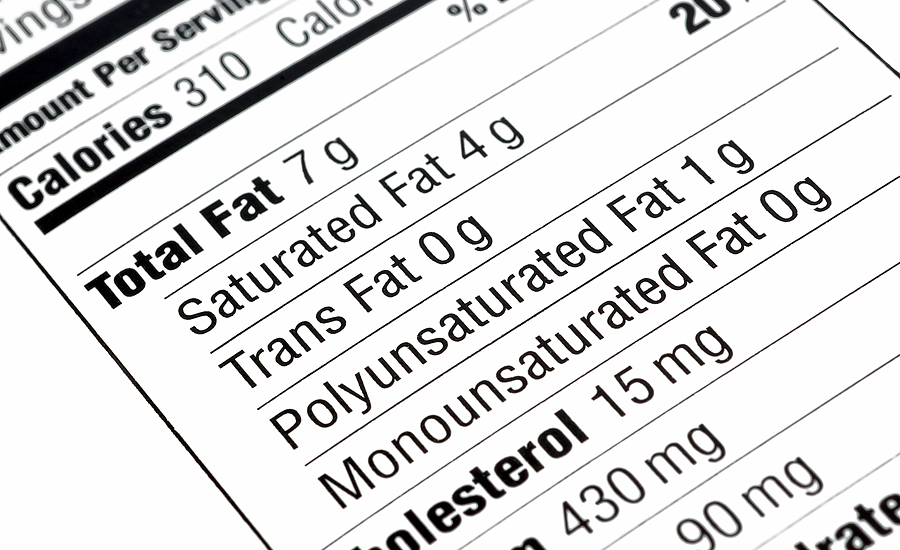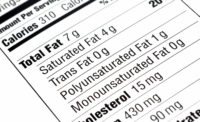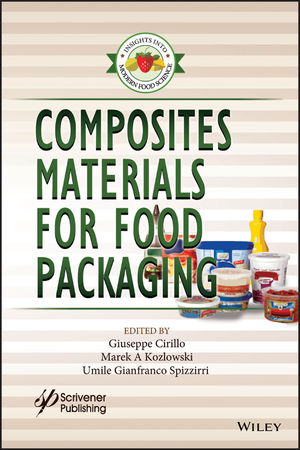Today's consumers are more concerned than ever before about the foods they eat, yet they struggle to find the nutrition information needed to make informed purchasing decisions.
In fact, nearly half of consumers (49%) adhere to a particular diet or nutrition plan, and 75% avoid specific ingredients when shopping for food products, according to 2017 Shopper Trends Study, a report published by Label Insight, St. Louis, Mo. However, 67% of consumers say it is challenging to determine whether a food product meets their needs simply by looking at the package label, and nearly half of consumers (48%) consider themselves "not informed at all" about a food product even after reading the label.
"Consumers vary in their definitions of healthy, and they want more detailed ingredient information. Today's product packaging is not meeting those needs," says Patrick Moorhead, chief marketing officer. "Keeping pace with consumers' increasing demand for product transparency is one of the most challenging issues facing the food and beverage industry today."
The study examines dietary preferences and consumers' ability to find the nutritional information needed to make informed purchasing decisions. Key findings from the study include:
- Nearly half (49%) of consumers adhere to a particular diet or health-related eating program.
- Nearly half (44%) of consumers say food allergies, intolerances or sensitivities affect the way they shop.
- 98% of consumers believe ingredients are an important consideration in the food products they buy, and 75% of consumers examine ingredients before they buy to ensure products meet their dietary needs.
- 75% of consumers avoid specific ingredients when shopping for food products, including:
- High-fructose corn syrup - 56%
- Artificial sweeteners - 44%
- Preservatives - 36%
- Artificial colors - 36%
- Artificial flavors - 35%
- 85% of consumers seek out specific superfoods, including:
- Blueberries - 63%
- Avocado - 60%
- Green tea - 50%
- Kale - 44%
- Cinnamon - 44%
- 67% of consumers find it challenging to determine whether a food product meets their needs by reviewing the package label.
- Half of consumers (48%) consider themselves to be "not informed at all about the product" after reading a product's label.
- 83% of consumers take the time to look elsewhere for food information when food packaging and labels are insufficient, and 74% of consumers conduct online research for more information.








